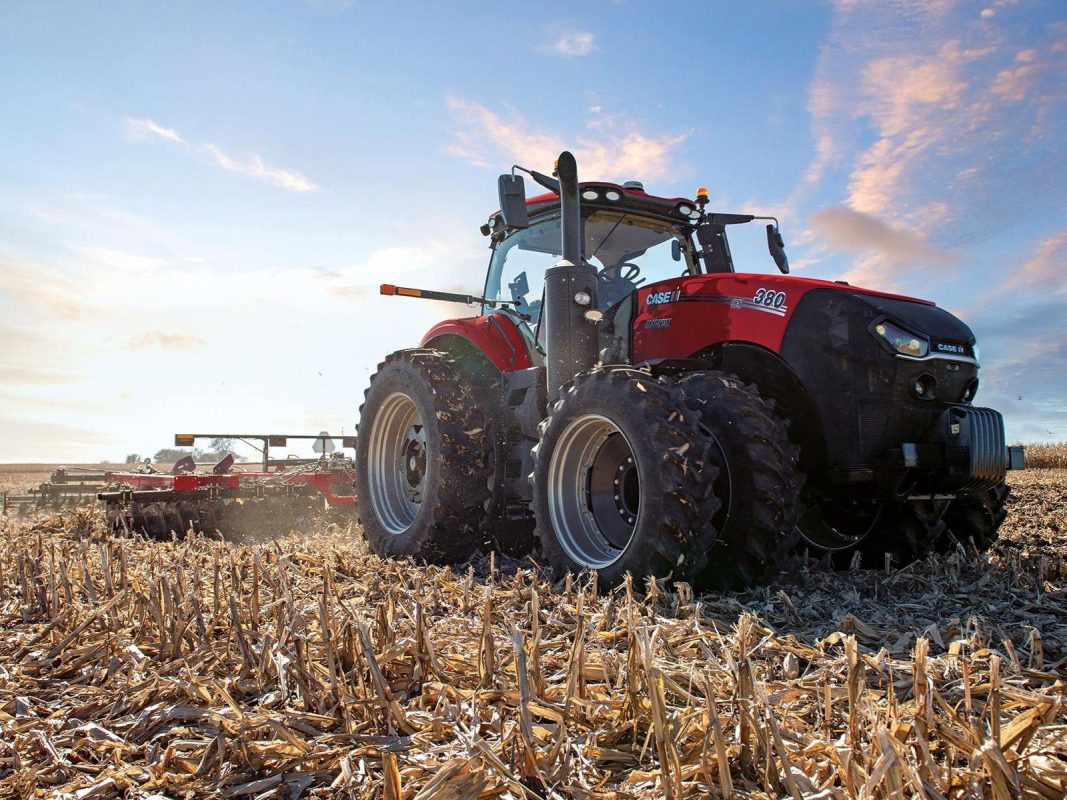YETRAC
Case Corporation: A Legacy of Innovation in Agriculture and Construction
Case Corporation: A Legacy of Innovation in Agriculture and Construction
Founded: 1842, Racine, Wisconsin, U.S. Defunct: November 1999 Successor: CNH Global Industry: Agricultural machinery, Heavy equipment Key Products: Tractors, threshers, combines, backhoes, diesel engines
The Case Corporation, known for its pioneering contributions to the agricultural and construction machinery industries, stands as a testament to American ingenuity and innovation. Founded in 1842 by Jerome Increase Case as the J. I. Case Threshing Machine Company, the company played a pivotal role in shaping the agricultural landscape for over a century.
Early Days and Agricultural Innovations
Jerome Increase Case, born in Williamstown, New York, in 1819, was drawn to the world of agriculture from a young age. His fascination with machines that could cut wheat without human labor set him on a path to change the agricultural landscape forever.
In 1842, Case brought his small hand-powered threshing machines to Wisconsin, where he refined the design and established the Racine Threshing Machine Works. By 1863, Case partnered with key employees, Massena Erskine, Robert Baker, and Stephen Bull, and the company expanded rapidly.
The introduction of the eagle logo in 1865, inspired by Wisconsin Civil War Regiment’s mascot Old Abe, marked a significant moment in Case’s history. The company gained recognition for its thresher machines, with Case winning first place at the 1878 Paris Exposition in France. This was the first of many threshers exported internationally, helping Case establish a global presence.
Transition to Internal Combustion
In the late 19th century, the shift towards internal combustion engines signaled a change for Case. By 1895, the company began producing gasoline engines and ventured into the Russian market by 1899. In 1904, Case introduced its first all-steel thresher machine and sold its first gasoline tractor, further solidifying its position in the industry.
World War I saw a surge in demand for agricultural machinery in Europe, and Case reaped the benefits. With many farm laborers becoming soldiers, farmers needed more efficient machinery, driving the company’s growth during this period.
The Tractor War and the Rise of the Farmall
In the 1920s, an economic downturn and price-cutting in the tractor industry ignited a “tractor war.” Ford, with its massive manufacturing capacity, dominated the market. However, in 1923, Case introduced the IHC Farmall, which posed a challenge to Ford’s dominance.
The transition from steam engines to gas tractors marked another significant shift in Case’s history. In 1927, Case ceased production of its legendary steam engines and started focusing on gas tractors.
Diversification and Acquisitions
Case’s history also includes diversification and acquisitions. In 1957, Case purchased the American Tractor Corporation, solidifying its position in the small crawler tractors market. This acquisition led to the development of the 320 Construction King, a model synonymous with backhoe loaders.
In 1961, Case acquired the British tractor builder David Brown Ltd. and, in 1974, took over most of the French construction equipment firm Poclain.
The Merger Era
The 1980s and 1990s brought about significant corporate changes for Case. In 1984, Tenneco, Case’s parent company, acquired International Harvester’s agricultural equipment division and merged it with Case, leading to the birth of Case IH. In 1996, Austrian tractor builder Steyr Tractor was added to Case’s portfolio.
Finally, in November 1999, Case Corporation joined forces with New Holland N.V. to form CNH (Case-New Holland), later CNH Industrial. This merger reshaped the landscape of agricultural and construction equipment manufacturing, further solidifying Case’s legacy in the industry.
Legacy and Impact
Today, the Case name continues to thrive in the form of Case CE (Construction Equipment) and Case IH, serving as a testament to the enduring legacy of innovation and excellence established by Jerome Increase Case over 180 years ago.
The Case Corporation’s journey from hand-powered threshers to state-of-the-art construction equipment symbolizes the enduring spirit of American entrepreneurship and the relentless pursuit of progress in agriculture and heavy machinery.
Jerome Increase Case’s vision, which began with a small threshing machine, left an indelible mark on the farming and construction industries. His commitment to innovation and the company’s ability to adapt to changing times allowed Case to remain a leader in the field for generations.
The history of the Case Corporation is a story of innovation, adaptability, and resilience. From its humble beginnings as a manufacturer of hand-powered threshing machines to its position as a global leader in agricultural and construction equipment, Case’s journey reflects the evolution of American industry.
Jerome Increase Case’s pioneering spirit continues to inspire those in the agricultural and construction sectors. The legacy of Case Corporation serves as a testament to the enduring impact of visionaries who are unafraid to embrace change and push the boundaries of what is possible in machinery and technology.

